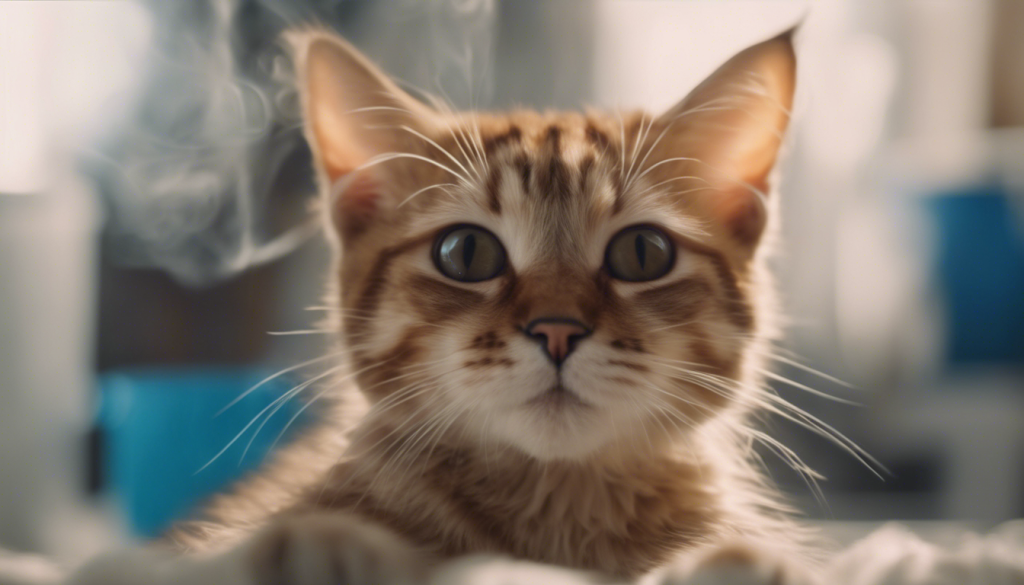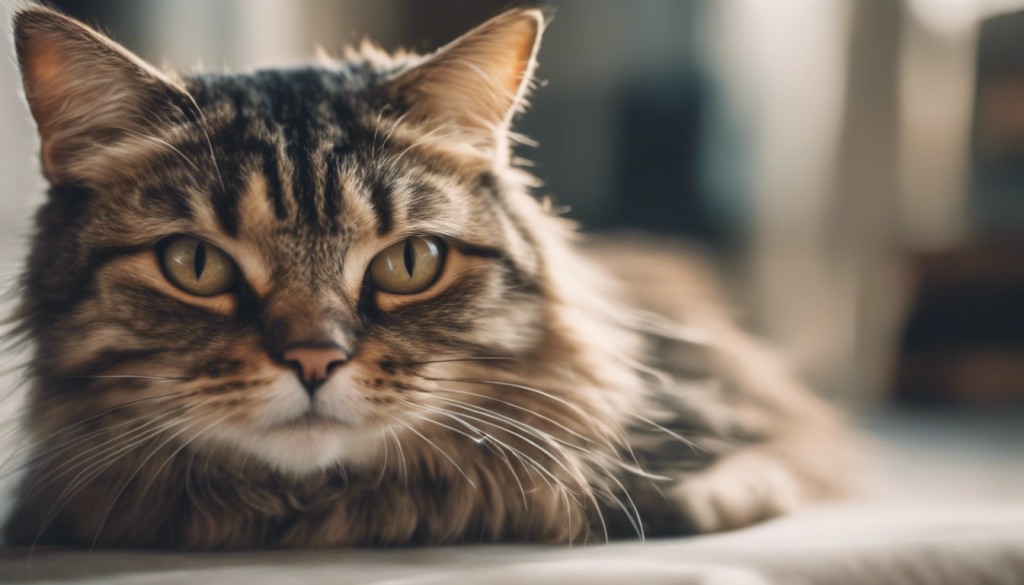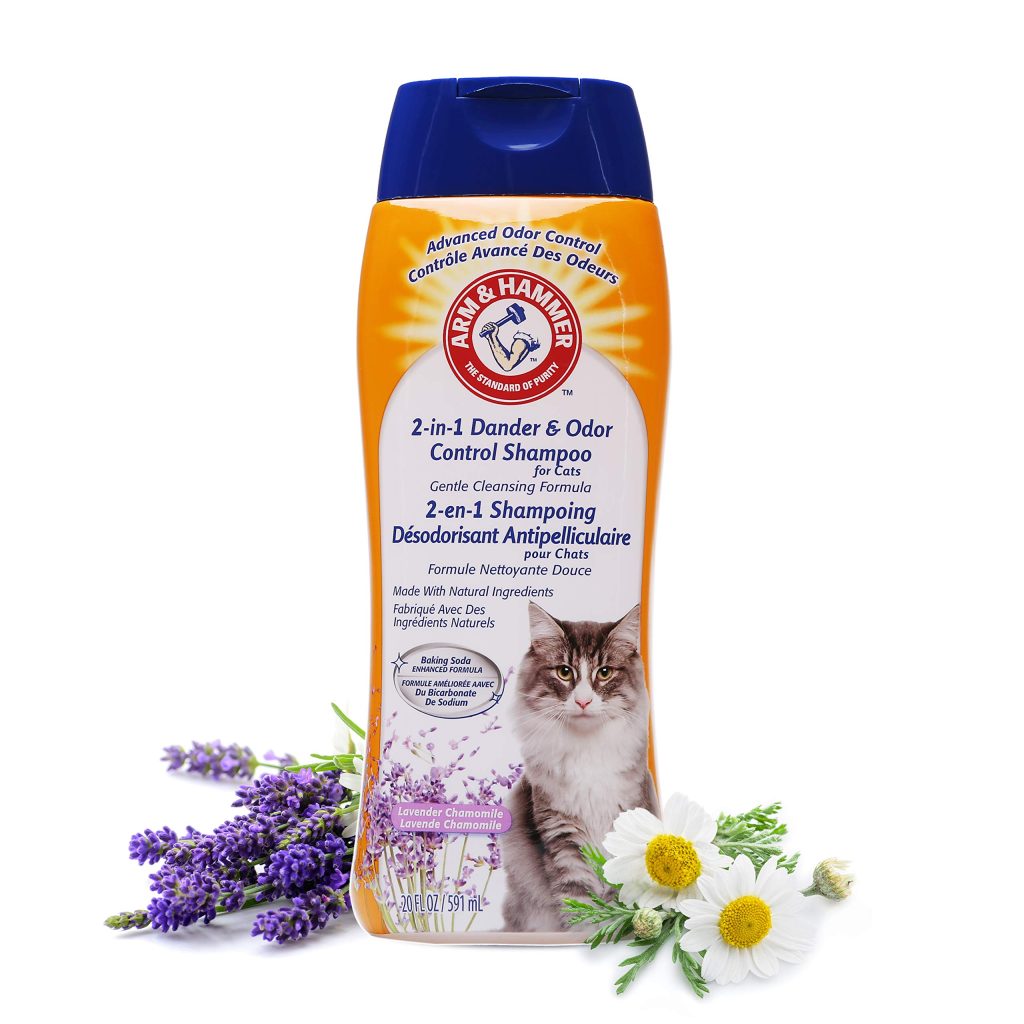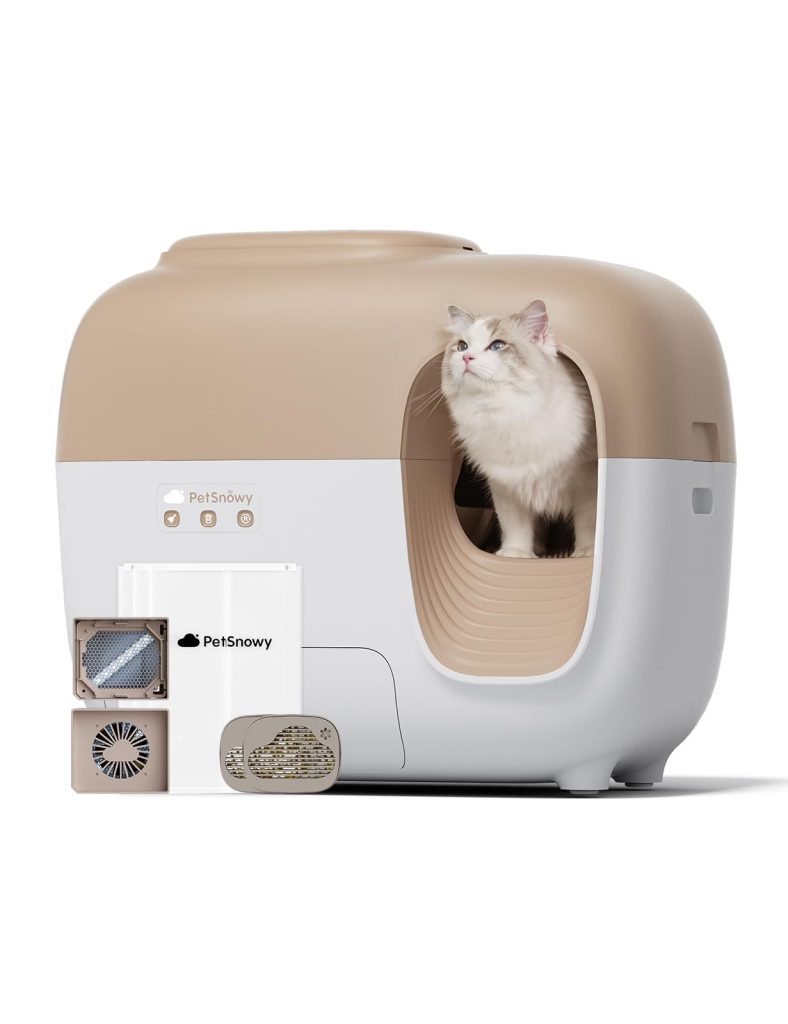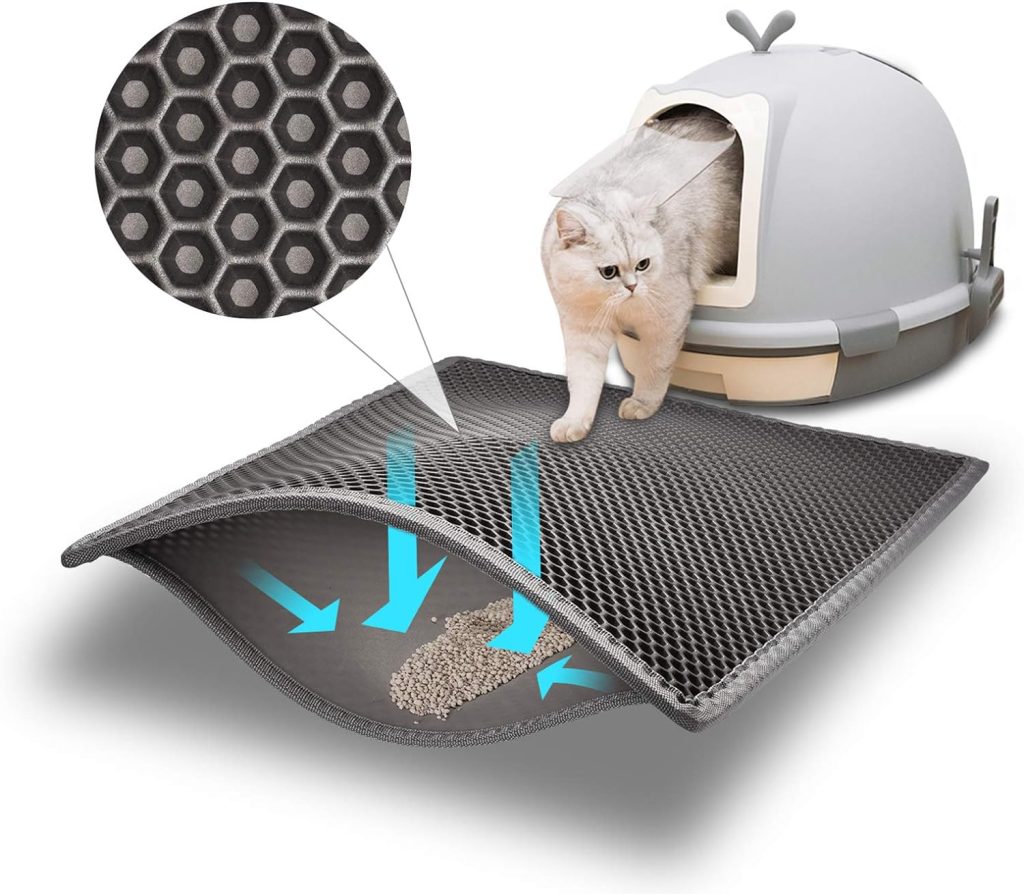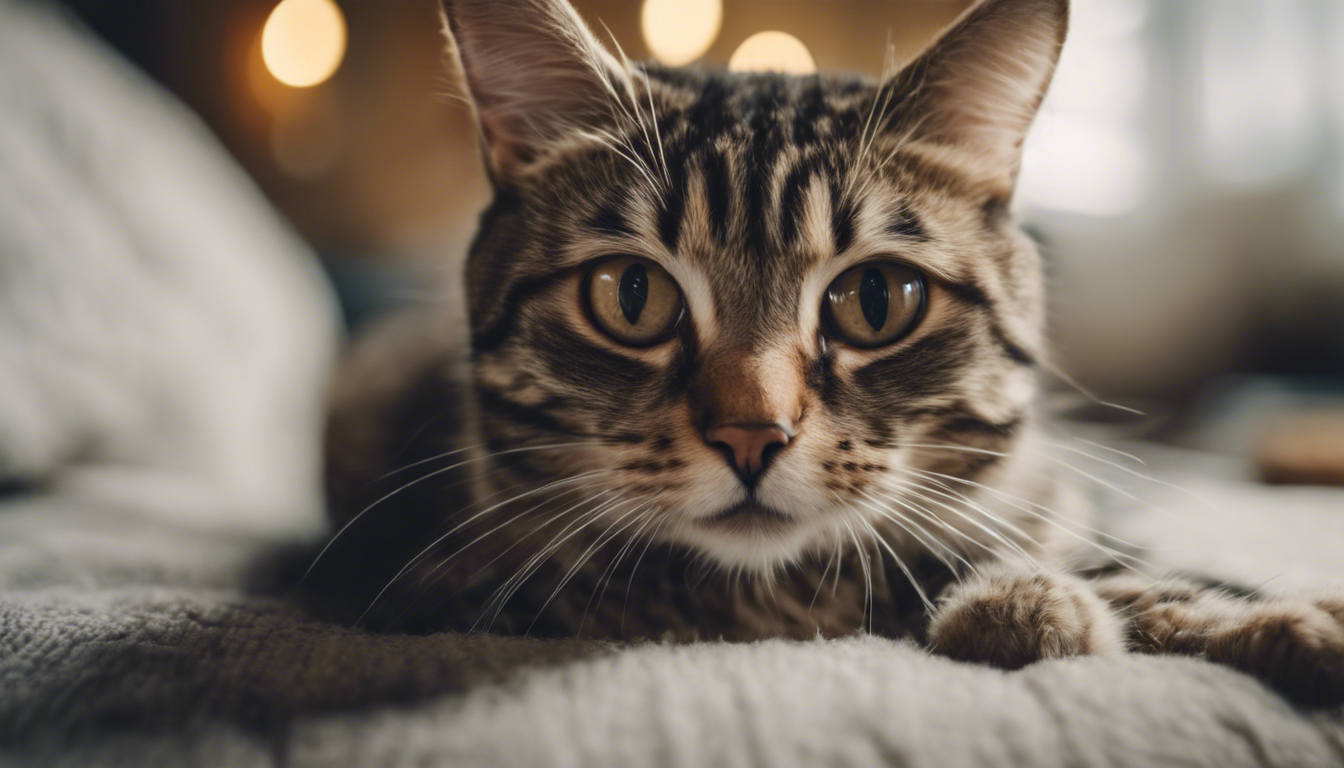
Coping with a Fearful Cat: Techniques for Comfort and Reassurance
Understanding Feline Behavior and Communication
Cats are known for their unique behaviors and communication styles. Understanding these feline nuances is essential when coping with a fearful cat. Cats communicate through body language, vocalizations, and scent marking. By recognizing and interpreting these signals, you can better support your cat and help alleviate their fear.
- Body Language: A fearful cat may exhibit various body language cues such as flattened ears, dilated pupils, a low body posture, or a puffed-up tail. These signs indicate that your cat is feeling anxious or threatened.
- Vocalizations: Cats may use vocalizations such as hissing, growling, or yowling to express their fear. While these sounds can be alarming, it is important to remember that they are a form of communication and should not be punished.
- Scent Marking: Cats use scent marking as a way to communicate with their environment. A fearful cat may intensify its scent marking to establish a sense of security in its territory. Understanding these behaviors can help you provide a soothing environment for your cat.
Training Techniques for Fearful Cats
Training can be an effective tool in helping your fearful cat overcome their anxieties. Here are a few training techniques to consider:
- Desensitization: Gradually exposing your cat to the source of their fear in a controlled and positive manner can help reduce anxiety. For example, if your cat is afraid of loud noises, play a recording at a low volume while providing treats or playtime. Gradually increase the volume over time to build their tolerance.
- Counter-conditioning: By associating the fear-inducing stimulus with something positive, you can help your cat overcome their fears. For example, if your cat is afraid of strangers, introduce visitors while offering their favorite treats or engaging in enjoyable play sessions.
- Positive Reinforcement: Rewarding your cat for calm and confident behavior can help build their self-assurance. Use treats, toys, or praise to reinforce positive responses when your cat interacts with new environments or handles situations that may trigger their fear. Patience and consistency are key to success.
The Impact on the Cat-Owner Relationship
Dealing with a fearful cat can be emotionally challenging. However, by understanding and addressing your cat’s fears, you can build a stronger bond and improve your relationship. Here are some tips for nurturing a positive cat-owner relationship:
- Patience: Fearful cats need time to adjust and gain trust. Patience is important in allowing your cat to feel safe and secure in your presence.
- Environment: Create a calm and predictable environment for your cat. Provide safe spaces where they can retreat when feeling threatened. Consider using feline pheromone diffusers or calming aids to promote relaxation.
- Interactive Play: Engaging in regular interactive play sessions with your cat can help build trust and boost their confidence. Use toys that mimic prey, such as feather wands or interactive puzzle toys, to encourage exercise, mental stimulation, and positive associations.
- Consulting a Professional: If your cat’s fearfulness persists, consider seeking guidance from a veterinarian or animal behaviorist who specializes in feline behavior. They can provide further insights and personalized techniques to address your cat’s specific needs.
In conclusion
Coping with a fearful cat requires understanding, patience, and compassion. By recognizing your cat’s signals, implementing positive training techniques, and nurturing a supportive environment, you can help your cat overcome their fears and build a strong and trusting relationship. Remember, every feline is unique, so take the time to tailor your approach to your cat’s individual needs.
